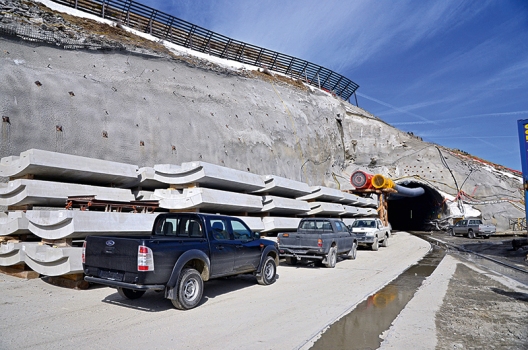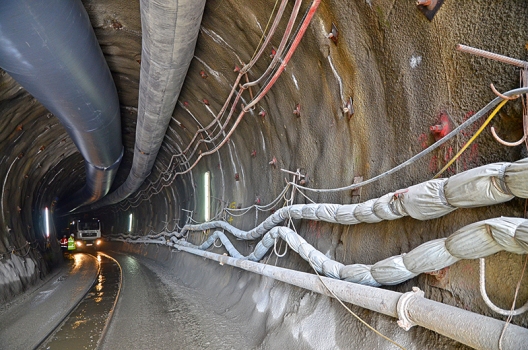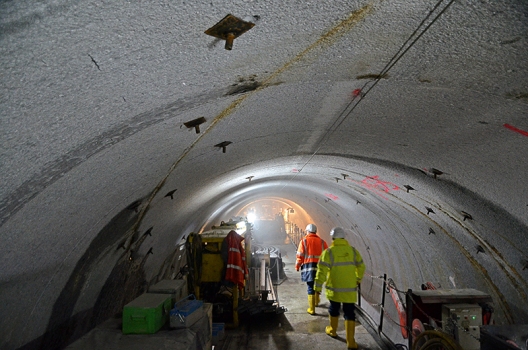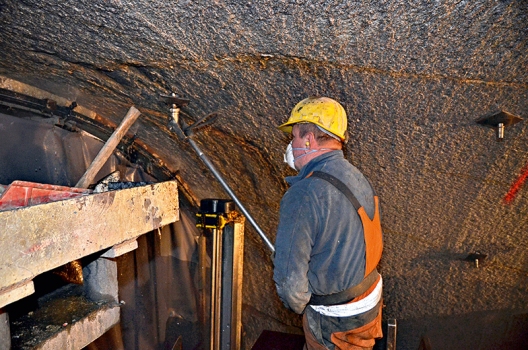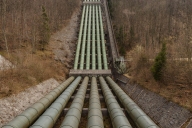Reisseck II pumped storage power station in test operation
The increased use of wind energy in Europe is requiring power stations that can adjust to output fluctuations of wind power stations and that can store energy and distribute this energy on short notice when needed. The commissioning of the Reisseck II pumped storage power station is a good example for a future-oriented adaptation of the electrical power supply to the increased requirements of the market.
Media
The Reisseck II power station connects the Reisseck/Kreuzeck and Malta power stations in upper Carinthia via an underground waterway that is more than 5 km long. It allows a more efficient use of the existing plants thanks to two modern sets of turbine pumps. The turbine pumps are located in a completely subterranean power station inside a cavern and can be used both for storing and producing energy. This way, the plant contributes significantly to the region's security of supply.
15 week test operation since June 2016
The power plant has been under construction since 2010 and has started a 15 week test operation beginning of June 2016. The power station is built in a cavern inside the Reisseck/Kreuzeck Mountain Range in the Muehldorf Rift at a height of 1,600 m. In regular operation, it will have a peak generating capacity of 430 MW. Then Reisseck II will be operated fully automated, remote-controlled and telemonitored.
Construction work mainly included the following measures:
- A 4,993 m long upstream waterway with several adits, an inlet and an outlet structure as well as a pressure shaft
- The Burgstall Power Station inside a cavern
- An approx. 0.3 km long, downstream waterway with a downstream gallery as well as a connection to the waterway of Malta Power Station
The main part of the project is located in the central gneiss area of the Glockner Mountain, which is characterized by predominantly high rock solidity and high abrasiveness. The excavation of the upstream pressure shaft is carried out using a hard rock tunnel boring machine with a nominal milling diameter of 7.03 m. The complete excavation work in the caverns and access galleries is carried out using conventional blasting.
DSI Austria produced and supplied rock support products for this important project that were used for the different caverns and excavations as well as for stabilizing the tunnel portals.
Structure Types
- About this
data sheet - Product-ID
7393 - Published on:
08/11/2016 - Last updated on:
17/11/2021

